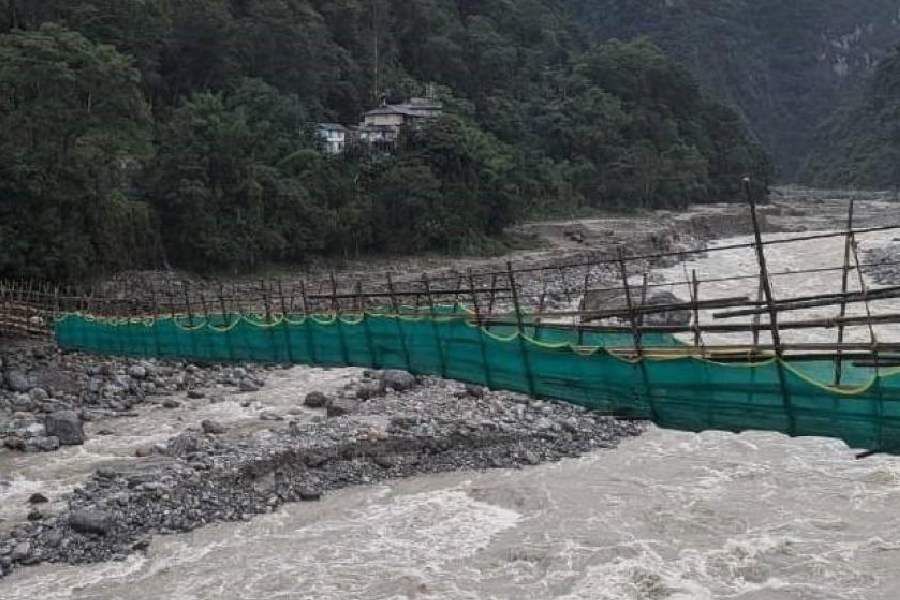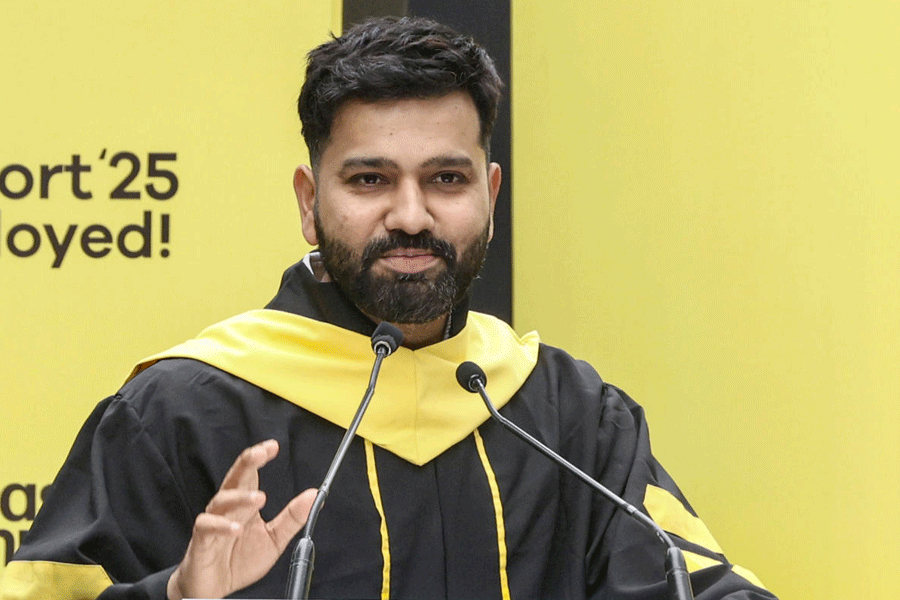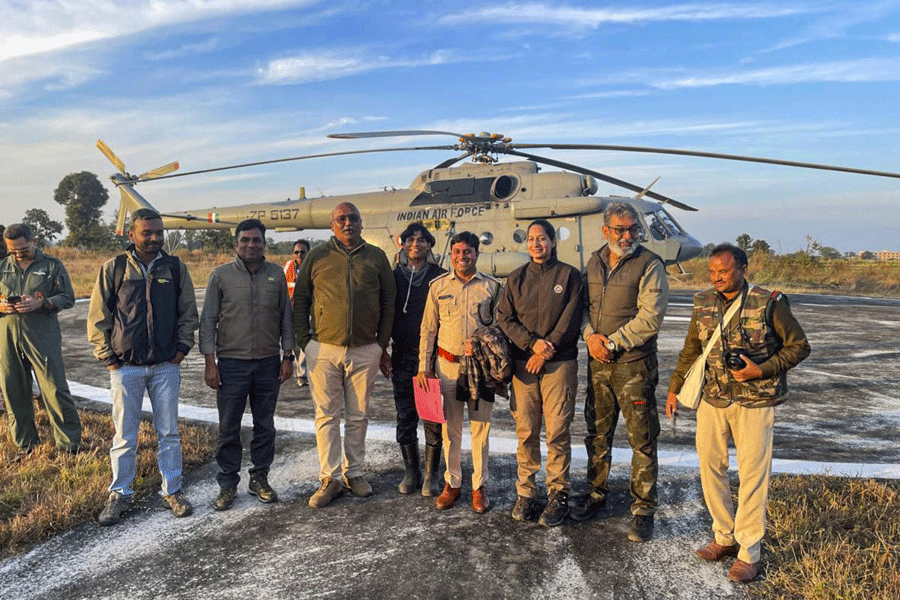Representatives of Unesco held a meeting with senior officials of the Sikkim government on Wednesday for the conservation of the “Ru-Soam” — the traditional foot-bridge built by the Lepcha community for generations with cane and bamboo in the mountain state.
The high-level meeting was organised by the intellectual property rights section of the state science and technology department and held at the Tashiling secretariat in Gangtok.
Pintso Namgyal Lepcha, the Sikkim minister of science and technology, was present at the meeting with officials, experts, artisans, and cultural leaders to underscore the bridge-making tradition still practised by the Lepcha community in the Dzongu Tribal Reserve area within the Khangchendzonga Biosphere Reserve in the northern part of the state.
Tim Curtis, the director of Unesco’s regional office in Delhi, joined the meeting in virtual mode.
“It is a significant step towards cultural preservation as Unesco has partnered with the state government to document and recognise the traditional cane bridge-making of the Lepcha community. It is a wonderful living symbol of indigenous engineering and heritage,” said a source.
“The senior official of Unesco has offered support for technical documentation and recognition of the bridge as a heritage in line with global standards,” the source added.
Local artisans from Dzongu, cultural representatives and scholars from the Namgyal Institute of Tibetology also spoke at the meeting and shared their knowledge and experiences about the old tradition of bridge-making by the community.
Sources said that this bridge is crafted entirely from natural materials such as wild cane and bamboo.
“Ru-Soam is more than just a bridge…. It’s a testament to the eco-sensitive innovation and centuries of oral tradition. Its value has been further highlighted in recent times as a symbol of sustainable and disaster-resilient infrastructure, particularly after the flash flood of October 2023 that had devastated huge parts of Sikkim,” said an expert.
As a part of the process, Benno Boer, the chief of the natural science unit at Unesco’s office in Delhi, is scheduled to visit Sikkim in May this year, sources said.
“The initiative has been taken to formally document, digitally archive and showcase Sikkim’s indigenous knowledge across the globe while simultaneously safeguarding this intangible heritage of the state,” said an official.










